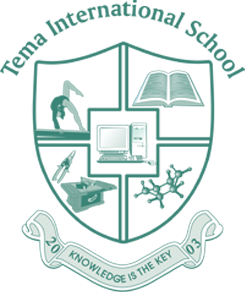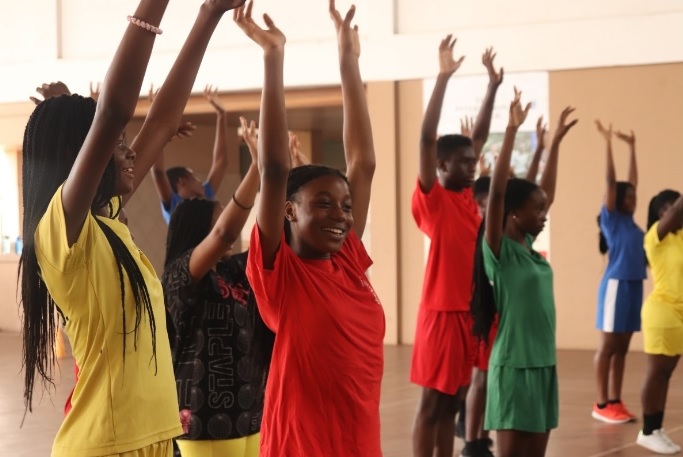The MYP PHE curriculum requires that students are given the opportunity to meet the MYP physical and health education objectives at the highest level. The aesthetic movement routine section of the PHE curriculum requires students to complete an aesthetic movement routine that is assessed against Criterion B. This should include gymnastics, aerobics, martial arts, yoga, jump rope, etc.
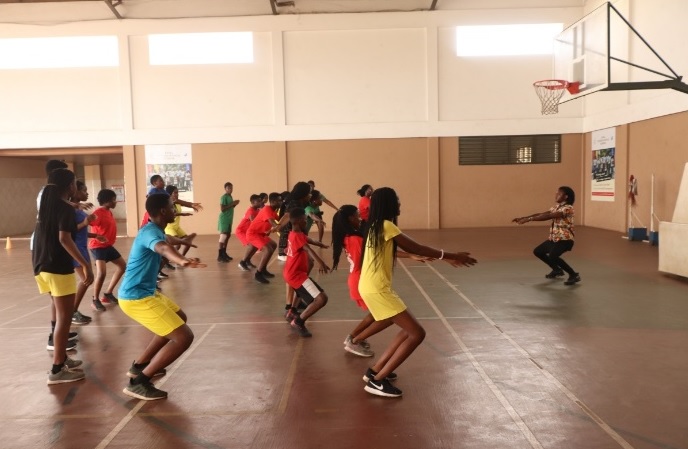 As an IB World School, we are committed to meeting these requirements. We have assembled a variety of aesthetic movement routine programs for our students. Our students have already been introduced to gymnastics, aerobics, taekwondo and dance. In order to meet the varied interests and abilities of our students, our Grade 9 students are currently performing a routine performance in Salsa. This is to enable them to enjoy Salsa dance as a form of dance and as a way of developing their talents.
As an IB World School, we are committed to meeting these requirements. We have assembled a variety of aesthetic movement routine programs for our students. Our students have already been introduced to gymnastics, aerobics, taekwondo and dance. In order to meet the varied interests and abilities of our students, our Grade 9 students are currently performing a routine performance in Salsa. This is to enable them to enjoy Salsa dance as a form of dance and as a way of developing their talents.
Salsa is a Latin American dance associated with the music genre of the same name which originated in the 1960s in New York City. Salsa is an amalgamation of Cuban dances that were popular in the ballrooms and nightclubs of Havana by the end of the 1950s (e.g. “casino”, mambo and pachanga), as well as American jazz dances. It was primarily developed by Puerto Ricans living in New York (Nuyoricans) in the late 1960s and early 1970s. Different regions of Latin America and the United States have distinct salsa styles of their own, such as Cuban, Puerto Rican, Cali Colombia, L.A. and New York styles. Salsa dance socials are commonly held in nightclubs, bars, ballrooms, restaurants, and outside, especially when part of an outdoor festival.
In many styles of salsa dancing, as a dancer shifts their weight by stepping, the upper body remains level and nearly unaffected by the weight changes. Weight shifts cause the hips to move. Arm and shoulder movements are also incorporated. Salsa, generally, uses music ranging from about 150 bpm (beats per minute) to around 250 bpm, although most dancing is done to music somewhere between 160–220 bpm. The basic Salsa dance rhythm consists of taking three steps for every four beats of music. The odd number of steps creates the syncopation inherent to Salsa dancing and ensures that it takes 8 beats of music to loop back to a new sequence of steps.
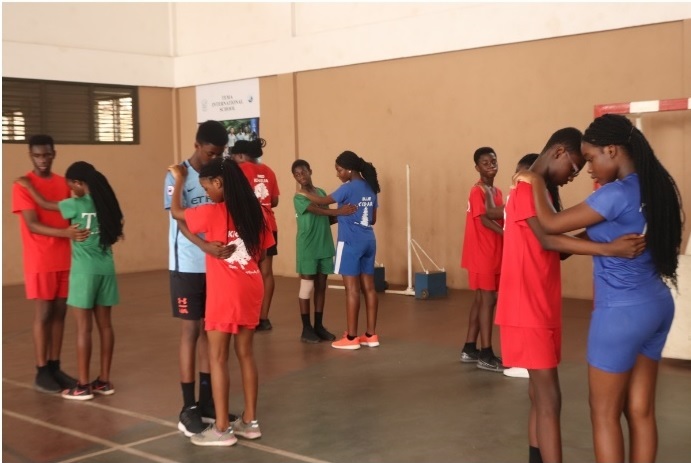 The experience has been great for our students who are enjoying every bit of the lesson under the guidance of a Salsa instructor. A few of their experiences have been shared below:
The experience has been great for our students who are enjoying every bit of the lesson under the guidance of a Salsa instructor. A few of their experiences have been shared below:
This unit has been very interesting. I knew salsa was very complicated so I never saw myself doing it. This unit has been a challenge for me because I wasn’t used to the technique and style of the dance. As the unit went on, I have learned to appreciate salsa dancers because it isn’t easy. I have improved on my foot coordination and I have managed to pick up on some of the skills used to understand and perform salsa. Every lesson is a new experience with new techniques and I have enjoyed myself a lot. This is a very nice unit because you get to be active more and enjoy what you are doing. ~Annalisa Boahen
My dance, my passion, is an interesting unit in the Physical and Health Education class. For the past four weeks, we have been learning the basic steps in a salsa dance. The importance of dance, or salsa, wasn’t clear to me till we started the unit. Salsa is a creative unique form of self-expression and has a lot of health and social benefits. The way you turn, move the hips and the body and interpret the rhythm is entirely up to you and your personality. We started with a few basic salsa steps in the class with our respective partners in the class. The basic steps are the salsa basic steps, single side steps, double side steps, open breaks, travelling and the left and right turning. Dancing can burn more calories in an hour more than riding a bike or swimming. It enables me to express my emotions and relieve stress. Salsa dance needs concentration because it comprises a number of dynamic steps which are not easy to do if there is less attention. To me, dance, specifically salsa, is an excellent workout for the body and it’s fun and engrossing. ~Emmanuella Manukure
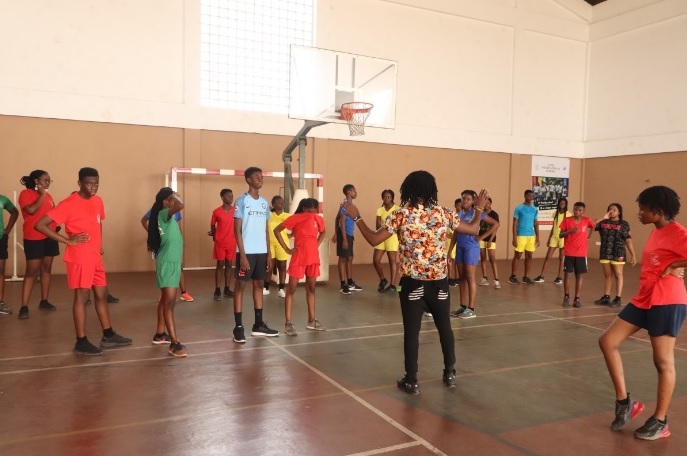 This unit named, “My dance, my passion”, has been really beneficial to me. I have always wanted to learn a foreign dance and understand the meanings behind it, which have developed my research skills, and helped me to be an inquirer. This unit has also furthered my understanding of how MYP subjects are inter-related through the IDU (Inter-disciplinary unit), and this can be shown in this unit by the salsa dance, which can be seen as a fusion of Music, Spanish, and PHE (Physical and health education). I am very grateful to the Middle Years Programme for this opportunity to learn the salsa dance, and I hope to exhibit my skills and progression/development in this unit very soon. ~Roman Agyemang
This unit named, “My dance, my passion”, has been really beneficial to me. I have always wanted to learn a foreign dance and understand the meanings behind it, which have developed my research skills, and helped me to be an inquirer. This unit has also furthered my understanding of how MYP subjects are inter-related through the IDU (Inter-disciplinary unit), and this can be shown in this unit by the salsa dance, which can be seen as a fusion of Music, Spanish, and PHE (Physical and health education). I am very grateful to the Middle Years Programme for this opportunity to learn the salsa dance, and I hope to exhibit my skills and progression/development in this unit very soon. ~Roman Agyemang
Salsa is a dance, a Latin dance that originated in Cuba. It has moved from place to place and has been developed into many different forms of salsa. For the past three weeks, we have been looking at salsa as a part of our unit, “My dance, my passion”. Throughout the unit we have learnt many different moves in salsa like the basic salsa steps, side step, double side step, left turn, right turn, open-brake and travelling. We also learnt the many different ways to hold a partner, for example, in a closed position. We also learnt how to hold your partner’s hand while performing. All in all, this unit has been a very fun experience and I hope we have more like this. ~Jefferson Agbesi
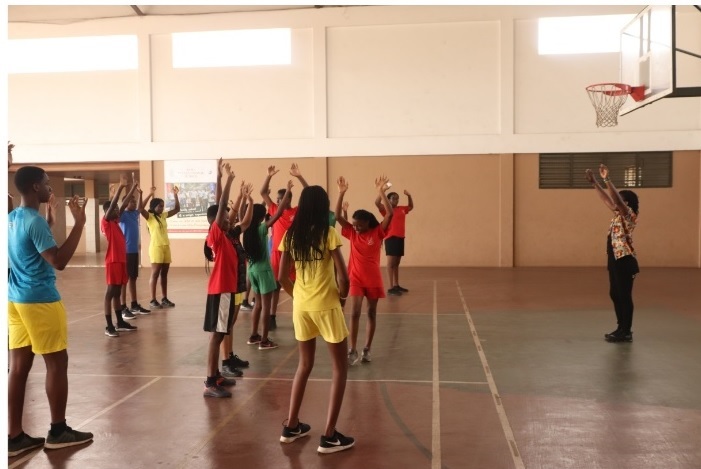 Before we had started learning Salsa, I was thinking that it would be arid, but that’s not what I thought when we began. When we started learning about Salsa, I was enthused to learn more about it. The dance originated in Cuba, but we later found out that it had spread globally, and it’s now practised in many parts of the world. After a couple of lessons, I was intrinsically ready to start and dance, because I had developed skills like body-coordination and I also developed my communication skills since we were compelled to have a partner. After this experience, I hope to seek to learn more and I hope they will not eradicate, but rather develop more. ~Ryan Tano
Before we had started learning Salsa, I was thinking that it would be arid, but that’s not what I thought when we began. When we started learning about Salsa, I was enthused to learn more about it. The dance originated in Cuba, but we later found out that it had spread globally, and it’s now practised in many parts of the world. After a couple of lessons, I was intrinsically ready to start and dance, because I had developed skills like body-coordination and I also developed my communication skills since we were compelled to have a partner. After this experience, I hope to seek to learn more and I hope they will not eradicate, but rather develop more. ~Ryan Tano
My experience with this unit has been very educational. Although at the beginning I was reluctant and I did not want to get out of my comfort zone, I have been able to achieve a lot and learnt new skills I never thought I would achieve. I have been more open-minded by accepting other cultural practices and understanding different ways of life. Learning Salsa has helped me develop many skills and I will put them into practice in various aspects of my life. ~ Nhyira Owusu
